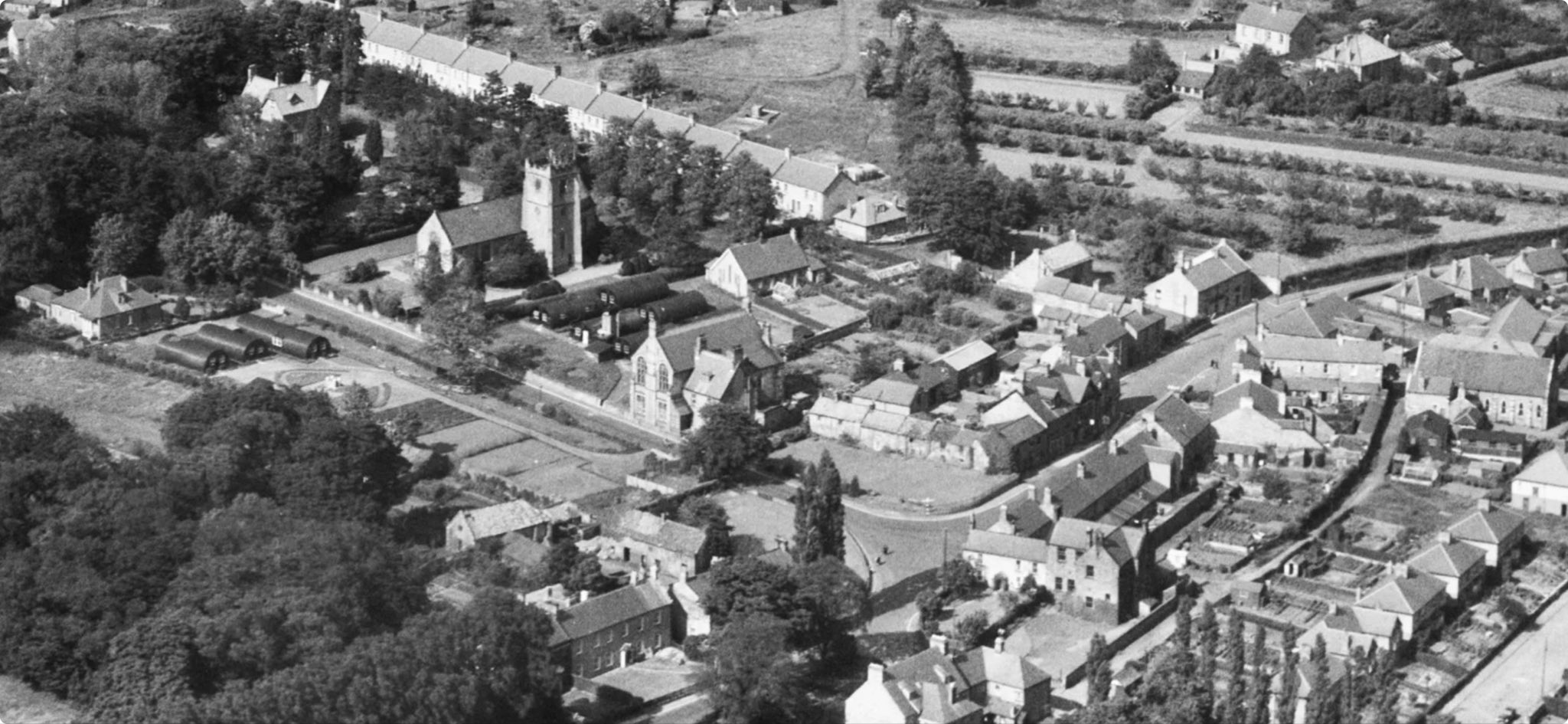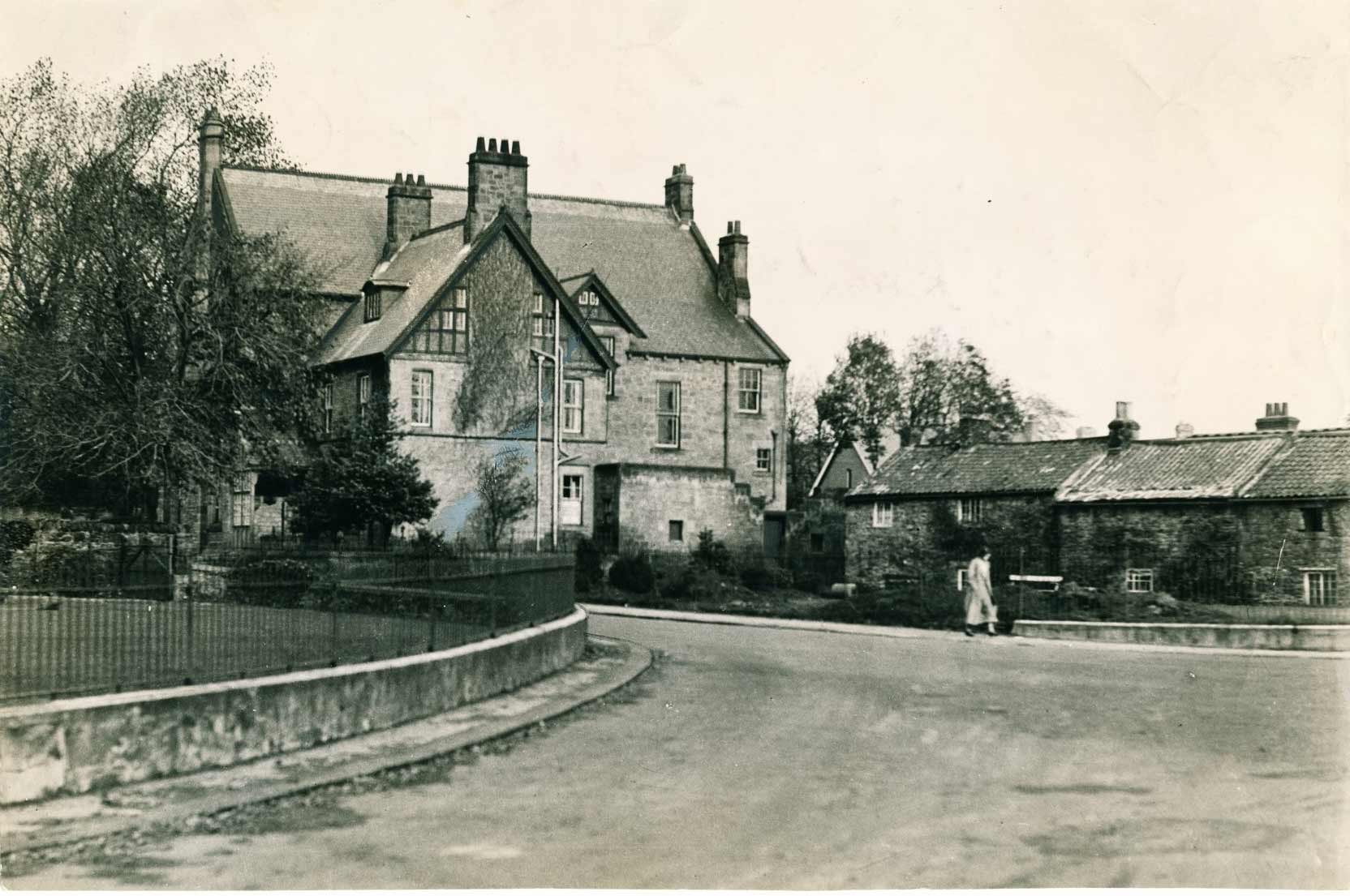
Wylam
Wylam Institute
Last Updated:
29 Sept 2025
Wylam
This is a
Institute, Reading Room
54.976425, -1.824273
Founded in
Current status is
Extant
Designer (if known):

Still used as the village Institute
Adjacent to the church is Wylam’s imposing institute. Institute’s were very much the community centres of their day, normally built in these parts in benefit of workers to access books & newspapers in reading rooms. There were quite often function rooms for balls and concerts too, and we’re often generously supported by local landowners & industrialists to keep the local populace off the drink.
Wylam’s own iteration was opened in the mid 1890s by John Riddell, the 11th Baronet of his name and a year after this opening the High Sheriff of Northumberland. It was noted the Institute was apolitical rather than connected to a particular organisation like many clubs are.
This was down to its greatest subscriber Norman Cookson, who put forward the £2000 for its construction. The Cookson name will be known across Tyneside for alkaline works, their plate glass works, lead and paint works along the river. Their fortune led them to here where they held a seat.
Though various remarks were made concerning its size and extravagance for such a small village, but it did end up being a success and continues on today. The news room was later established as well as annual sports days and fetes.
Listing Description (if available)


These Ordnance Survey plans are from the 1890s and 1919, and both illustrate the Institute at the centre of the original village. The first is unlabelled, as at this stage the building was under construction. You'll see though that Wylam very much fits the bill for an ancient village, with its densely occupied single lane and manor house on one side. It never featured its own parish church until a few decades prior to the institute though, with folk gravitating towards Ovingham or Newburn for this. In fact, Wylam only really grew in prominence with the growing demand for coal and the railways. The industrial village flourished below the railway with pit rows constructed west of North Wylam Station.

Residential developments saw Wylam become an affluent outpost on the reaches of Newcastle by the 50s and 60s, with massive townhouses and more suburban developments filling in the gaps north and south of the river. Though seperated by countryside even to this day Wylam, like Ponteland and Heddon, caters to the wealthier in the same way Graingerville and Jesmond did a century prior.

The Wylam Institute facing north east in September 2025

Wylam in 1948, with the Institute forming one of the largest buildings in the settlement. Source: © Historic England. Aerofilms Collection EAW016725 flown 23 June 1948

The institute in 1937. Original source unknown.
